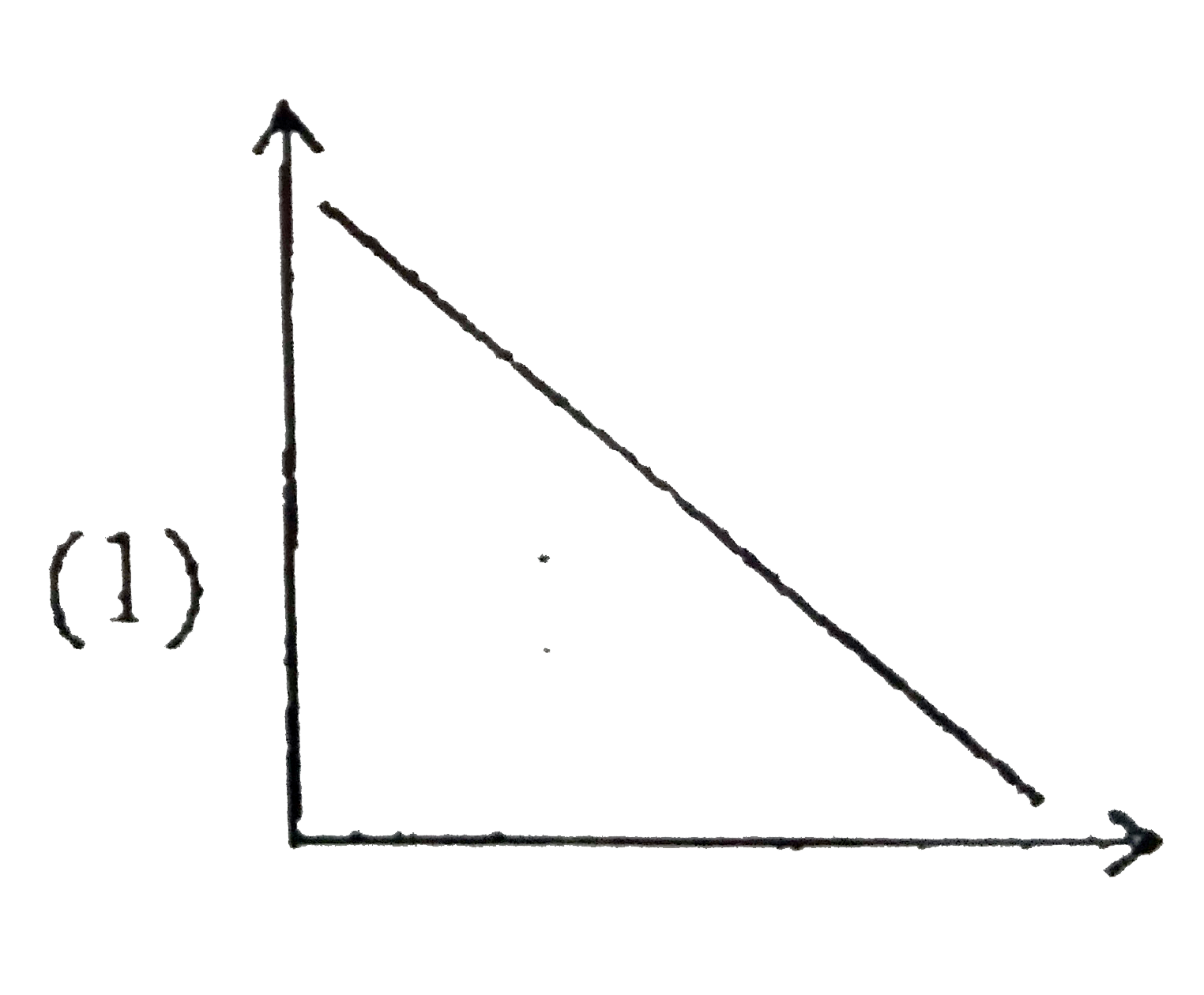Show that pressure of a fixed amount of a ideal gas is a state function
Video Solution
Text Solution
|
Topper's Solved these Questions
Similar Questions
Knowledge Check
Assertion: The pressure of a fixed amount of an ideal gas is proportional to its temperature.
Reason: The Frequency of collisions and their impact both increase in proportion of the square root of temperature.AIf both (A) and (R) are correct and (R) is the correct explanation of (A).BIf both (A) and (R) are correct, but (R) is not the correct explanation of (A).CIf (A) is correct, but (R) is incorrect.DIf (A) is incorrect, but (R) is correct.Assertion: The pressure of a fixed amount of an ideal gas is proportional to its temperature.
Reason: Frequency of collisions and their impact both increase in proportion of the square root of temperature.AIf both (A) and (R) are correct and (R) is the correct explanation of (A).BIf both (A) and (R) are correct, but (R) is not the correct explanation of (A).CIf (A) is correct, but (R) is incorrect.DIf (A) is incorrect, but (R) is correct.For fixed amount of an ideal gas taken at constnat temperature V vs 1p2 is :
A B
B CE01_218_O03.png" width="30%">DE01_218_O04.png" width="30%">
CE01_218_O03.png" width="30%">DE01_218_O04.png" width="30%">
The pressure of a fixed amount of an ideal gas is proportional to its temperature . Frequency of collision and their impact both increase in proportion to the square root of temperature . True/ false.
View SolutionWhich of the following is a correct plot of the volume of fixed amount of ideal gas as a function of temperature (at constant pressure)
View SolutionFor fixed amount of an ideal gas identify the incorrect graph :
View SolutionDuring an adiabatic process , the pressure p of a fixed mass of an ideal gas change by Δpand its volume V change by ΔV . If γ=Cp/Cv then ΔV/V is given by
View SolutionIdentify the correct statement when a fixed amount of ideal gas is heated in a container fitted with a movable piston always operating at constant pressure.
View Solution